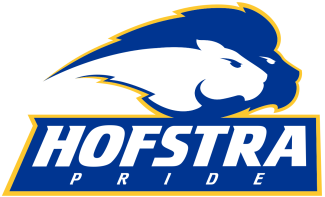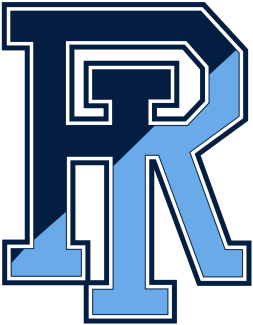The first-ever heated lacrosse stick may soon be on the market.
Samantha Wolfe, a 17-year-old senior at Horace Greeley High School in Chappaqua, N.Y., invented the “FingerFire,” a women’s stick with a USB port within the butt of the shaft that allows players to warm it to a 70-degree temperature, lasting up to two hours, the length of a lacrosse game or practice. Complete charging time ranges from five to six hours, but the shaft will heat up within 10 minutes.
“I want all girls to feel that when they are playing lacrosse, they have the fire and confidence in them to play their best and acknowledge they have the ability to do so,” said Wolfe. “Girls should not just feel the fire inside of them, but also be able to transfer that heat to their hands.”
Wolfe, who came up with the idea in sixth grade at age 11 and then brought on her father, Bruce, as her business partner when she turned 13, played attack for the Horace Greeley junior varsity teams in ninth and tenth grades, as well as the Revolution Lacrosse club in ninth grade, but did not think she could play to her full potential in cold weather because her “hands would freeze into icicles.”
Gloves did not keep her hands warm in temperatures in the 30s and numbness crept through her fingers causing her to lose dexterity in her hands. Her teammates felt the same.
“I could not pick up a ground ball very easily and we found ourselves missing passes and throws as our hands were not able to fully grasp the stick,” she said. “I would leave the field complaining to my parents on how I could not put up with my freezing hands any longer.”
While Wolfe no longer plays lacrosse, she is committed to advancing the sport’s equipment, focusing her time on the FingerFire project.
She has signed on with Enventys Partners, a product development company located in Charlotte, N.C., which has created two prototype sticks, one aluminum and one carbon fiber, over a two-year span. It took 10 months alone to test different heating methodologies, as well as determining the best combinations of weight, heat and duration.
She hopes to partner with a major manufacturing or sports company to produce the sticks for national distribution in the near future.


























































